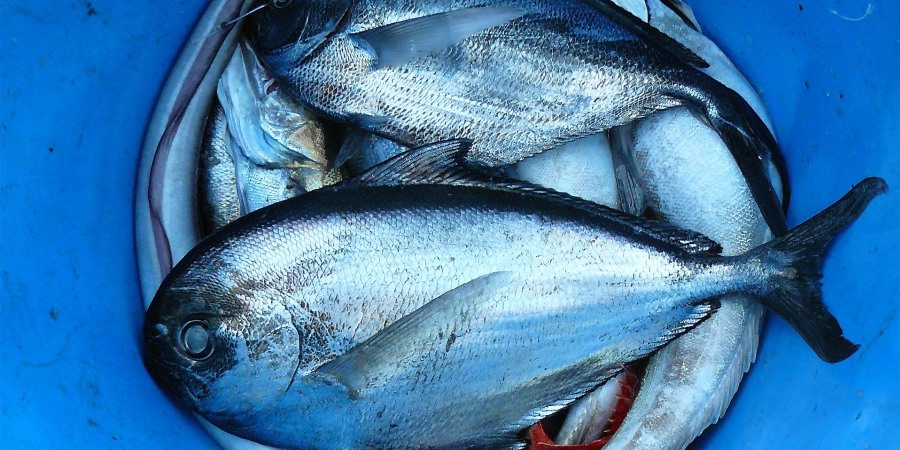The Government is offering some clarification on how fisheries will be managed after Brexit through a new White Paper – Sustainable Fisheries for Future Generations.
The document outlines how powers to be proposed in the Fisheries Bill should grant the UK full control of its waters and the ability to set fishing opportunities such as quota.
Outside the EU, the UK is set to be an independent coastal state and will regain control of its waters and natural resources, as well as the flexibility to negotiate with other countries and ensure stocks are fished sustainably.
In particular the paper sets out how, as an independent coastal state, the UK will have the opportunity to move towards a fairer share of fishing opportunities.
It also proposes a suite of measures to improve the sustainability of the fishing industry, supporting the next generation of fishermen while protecting our precious marine environment.
Prime Minister Theresa May said: “As an island nation our fishing industry is the lifeblood of coastal communities around the UK.
“I have been clear that when we leave the EU we will take back control of our waters, while ensuring we don’t see our fishermen unfairly denied access to other waters.
“The plans set out demonstrate the bright future in store as we build a UK fishing industry for future generations by putting the importance of a healthy marine environment at its heart.”
Environment Secretary Michael Gove added: “The white paper sets out a number of methods to explore fairer allocation of fishing opportunities, such as zonal attachment – which is based on distribution of fish stocks, rather than historical data.
“While the UK will continue to abide by Common Fisheries Policy rules during the implementation period, from 2020 we will be negotiating access to waters and fishing opportunities as an independent coastal state.
“And, as set out in its 25 Year Environment Plan, the government will pursue an ecosystem approach to fisheries management that will minimise impacts on non-commercial species and the marine environment.”
To read the full document, click here.









